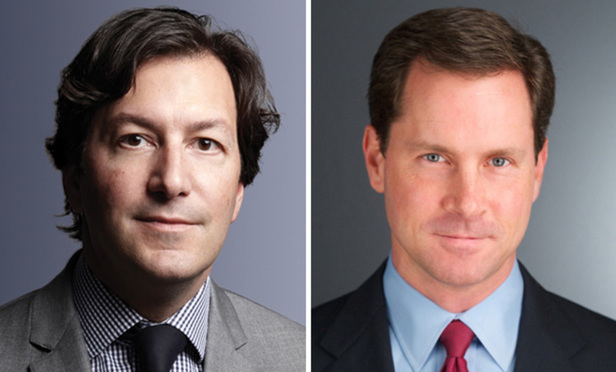Cost shifting is back. Complaints about production costs have been ever present. And such concerns are most often heard when an opposing party requests electronically stored information (ESI) that will be unusually expensive or difficult to produce, such as information contained on backup media that exists purely for disaster recovery purposes. Cost shifting, though rarely used, is one way courts can manage the large burden such production requests can create for the producing party.
In a recent case, United States ex rel. Carter v. Bridgepoint Education, Magistrate Judge William Gallo of the U.S. District Court for the Southern District of California employed cost shifting when the requesting party demanded production of ESI stored on backup tapes and a reformatted production of previously produced active email files.1Carter is a qui tam action concerning allegedly fraudulent use of federal funds under Title IV of the Higher Education Act of 1965. Under Title IV, the federal government provides funds to institutions of higher education for the purpose of giving financial assistance to students. Several constraints are placed on participation in this program. The relevant constraint, known as the Incentive Compensation Ban, prohibits participating institutions from “provid[ing] any commission, bonus, or other incentive payment based directly or indirectly on success in securing enrollments or financial aid to any persons or entities engaged in any student recruiting or admission activities.”2 Under the False Claims Act, two former recruiters for Bridgepoint Education (collectively the plaintiffs) sued Bridgepoint on behalf of the federal government. The plaintiffs alleged that, in violation of the Incentive Compensation Ban, Bridgepoint based recruiter compensation directly on enrollment activities. Bridgepoint argued that enrollment activity was just one of many factors considered when determining pay.3



